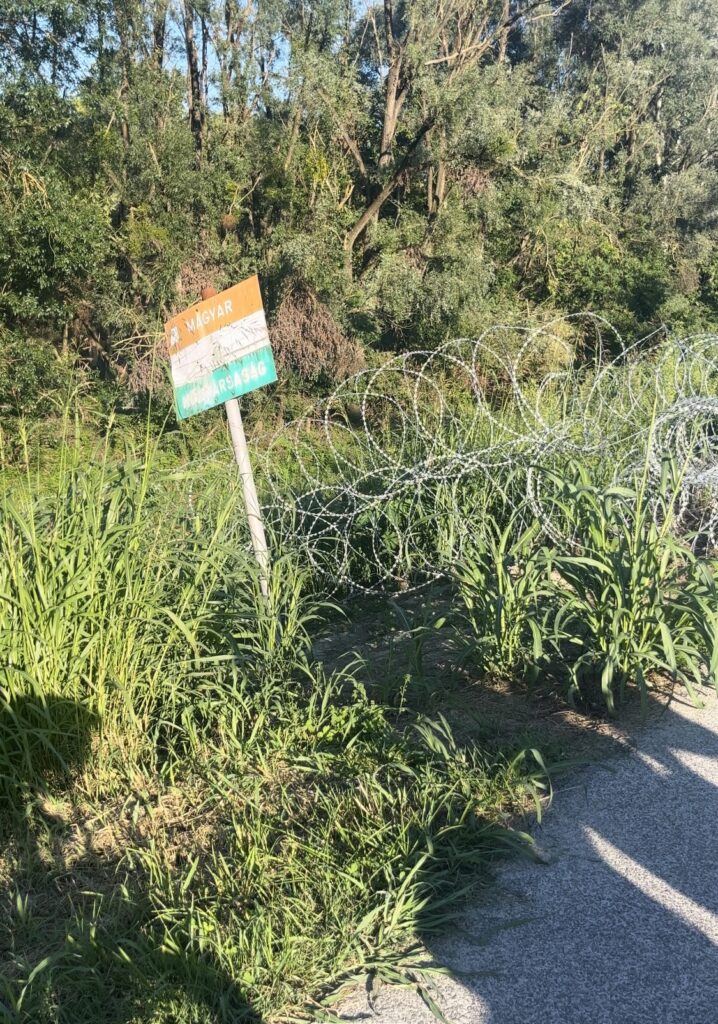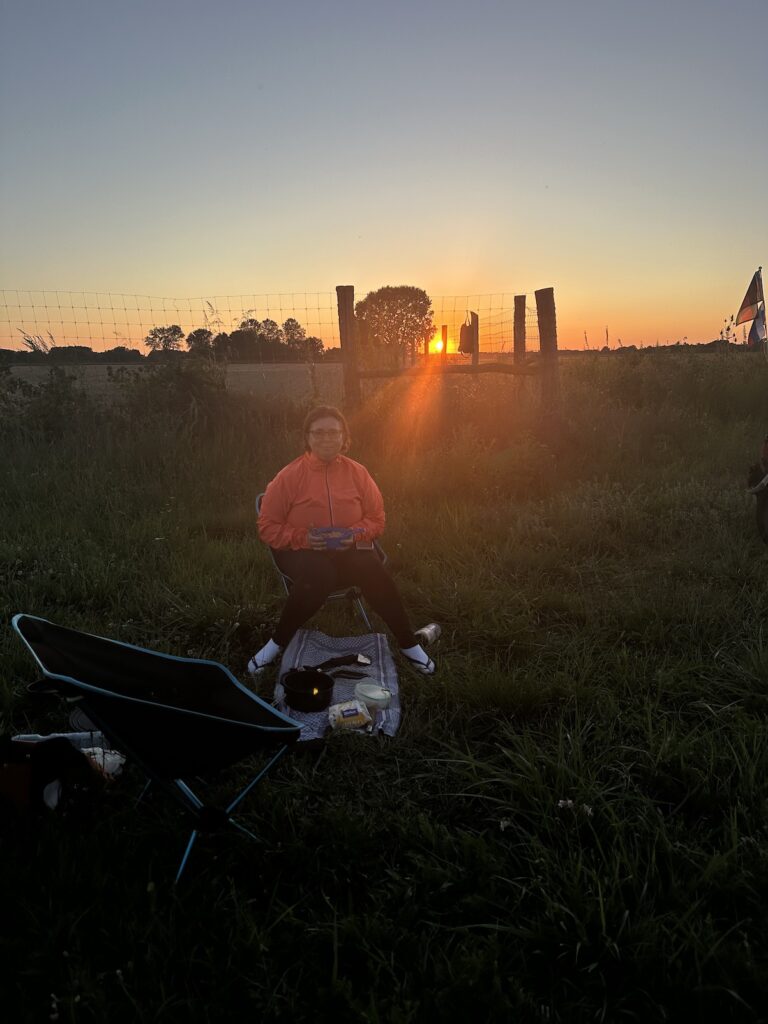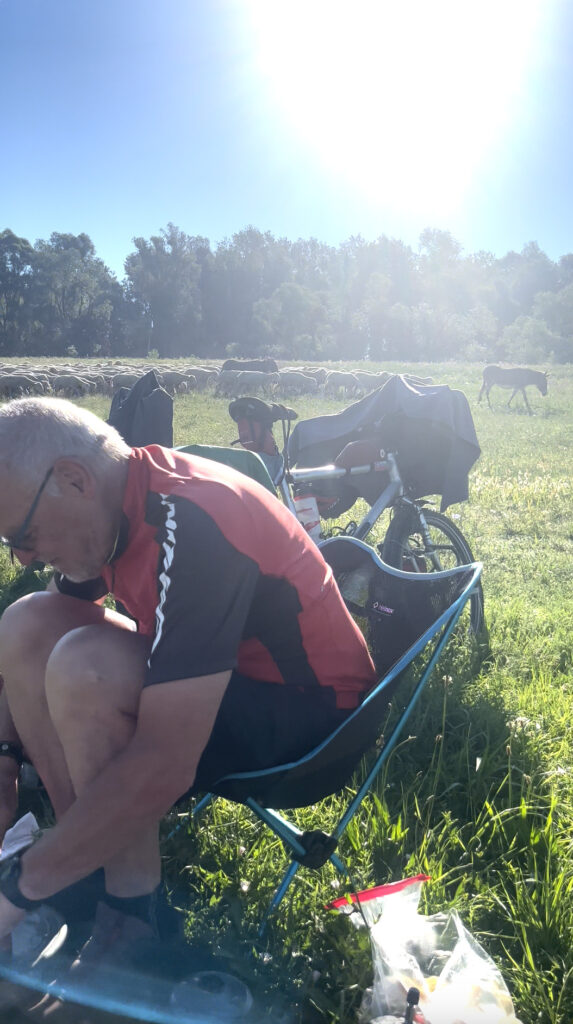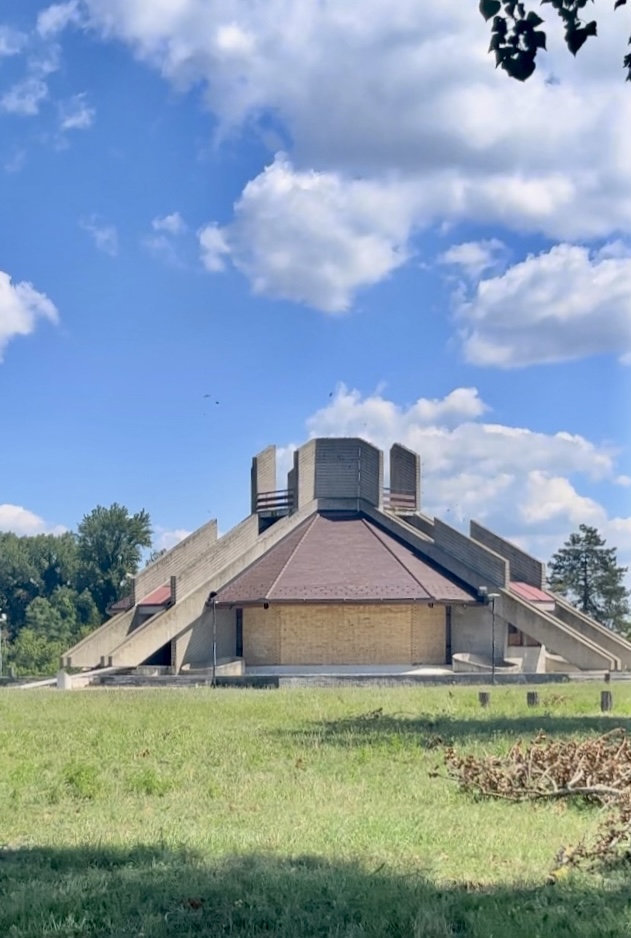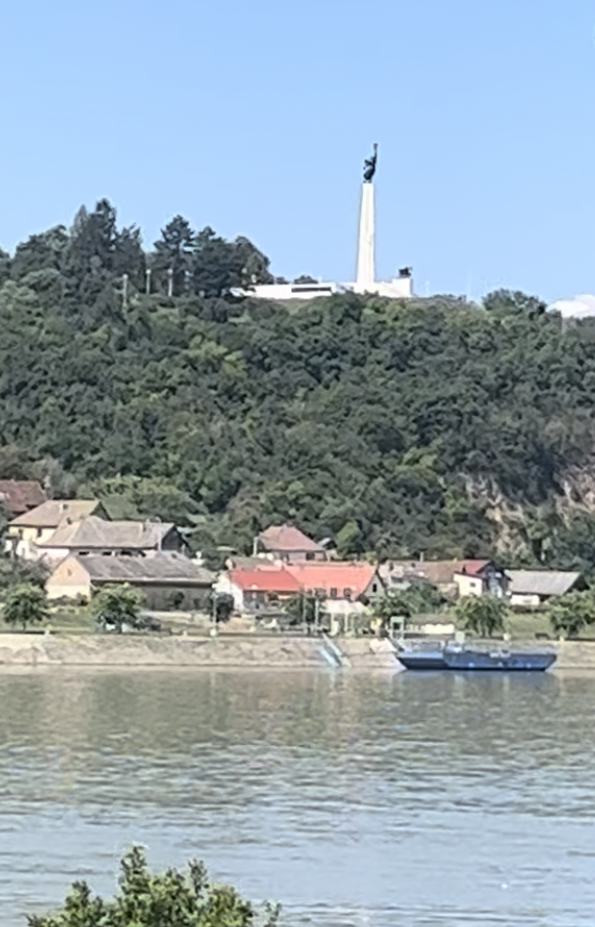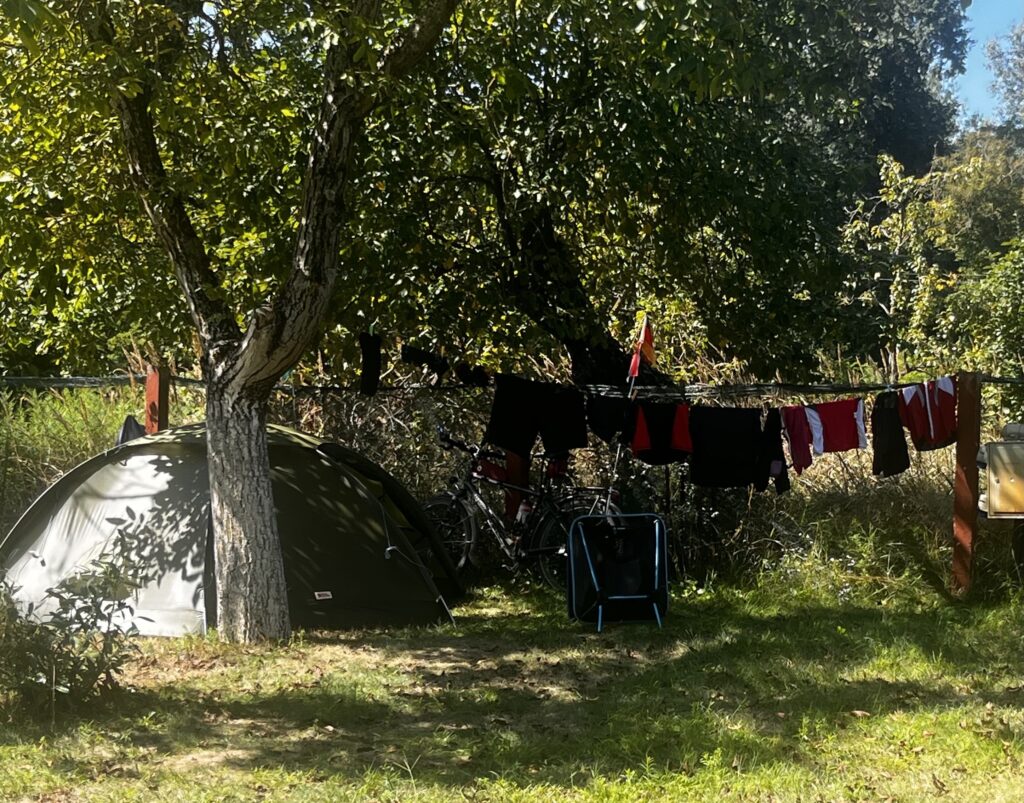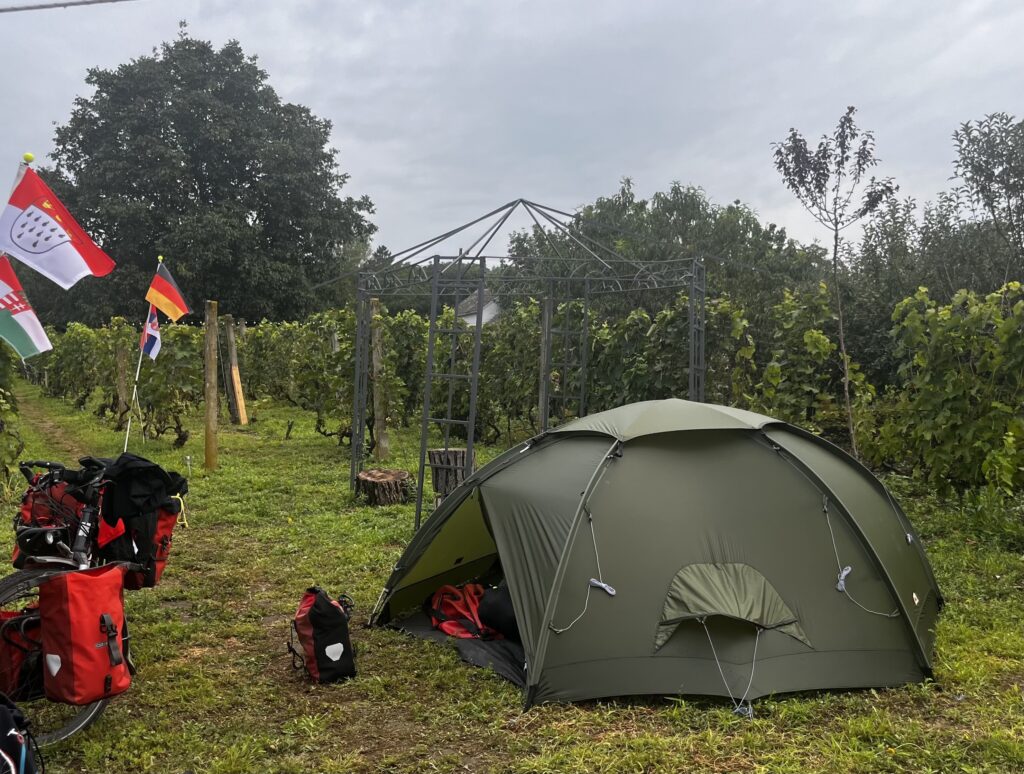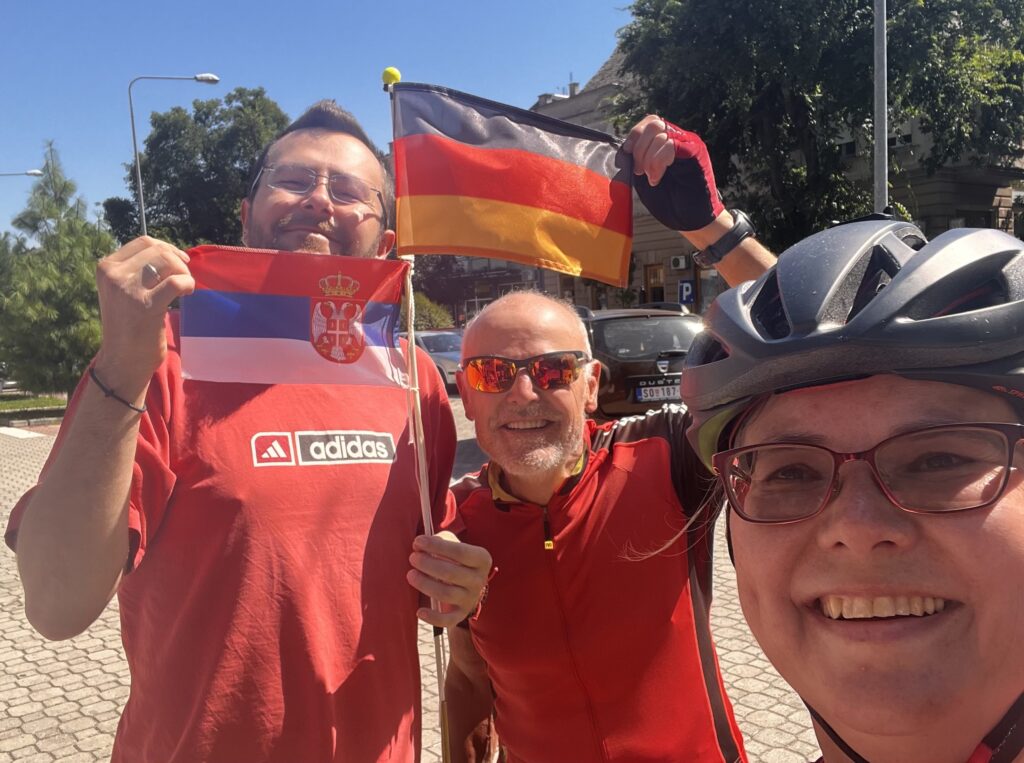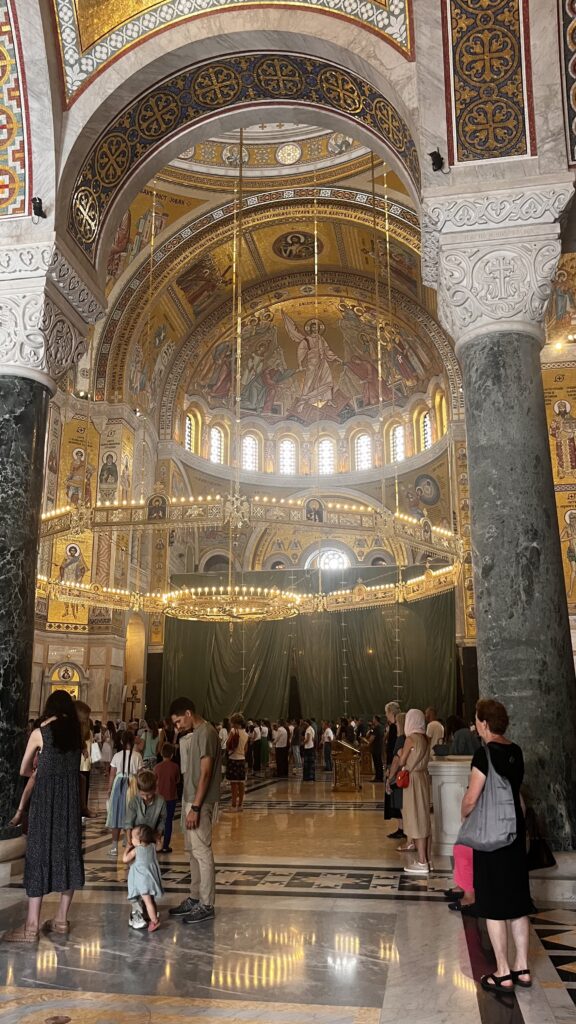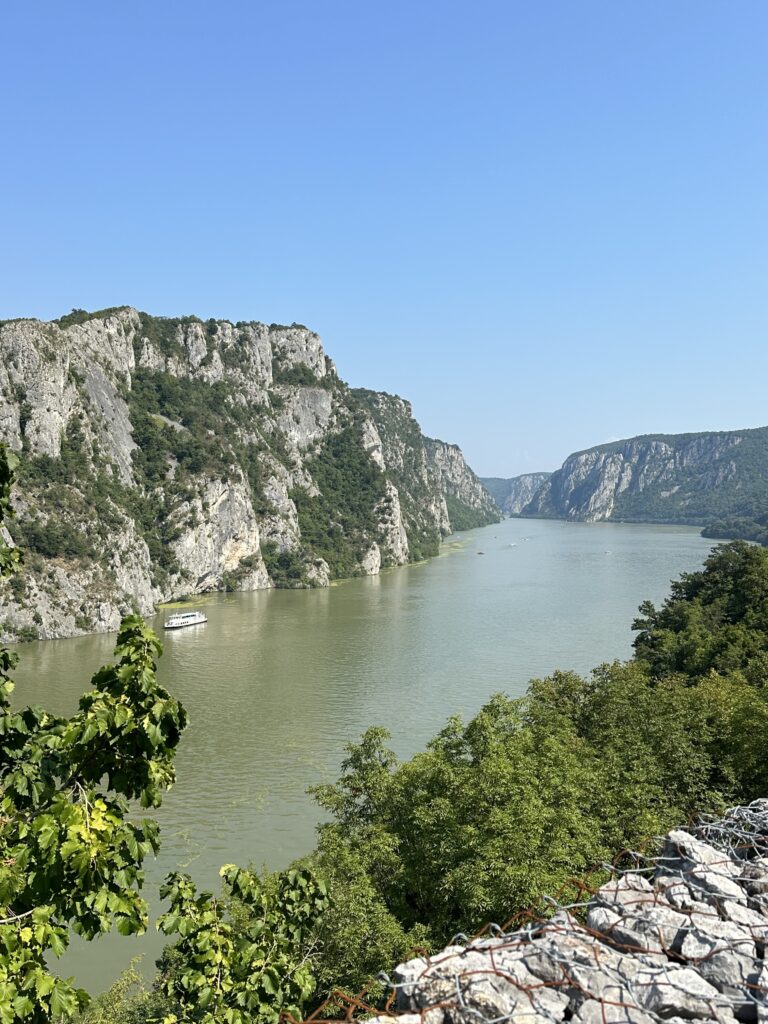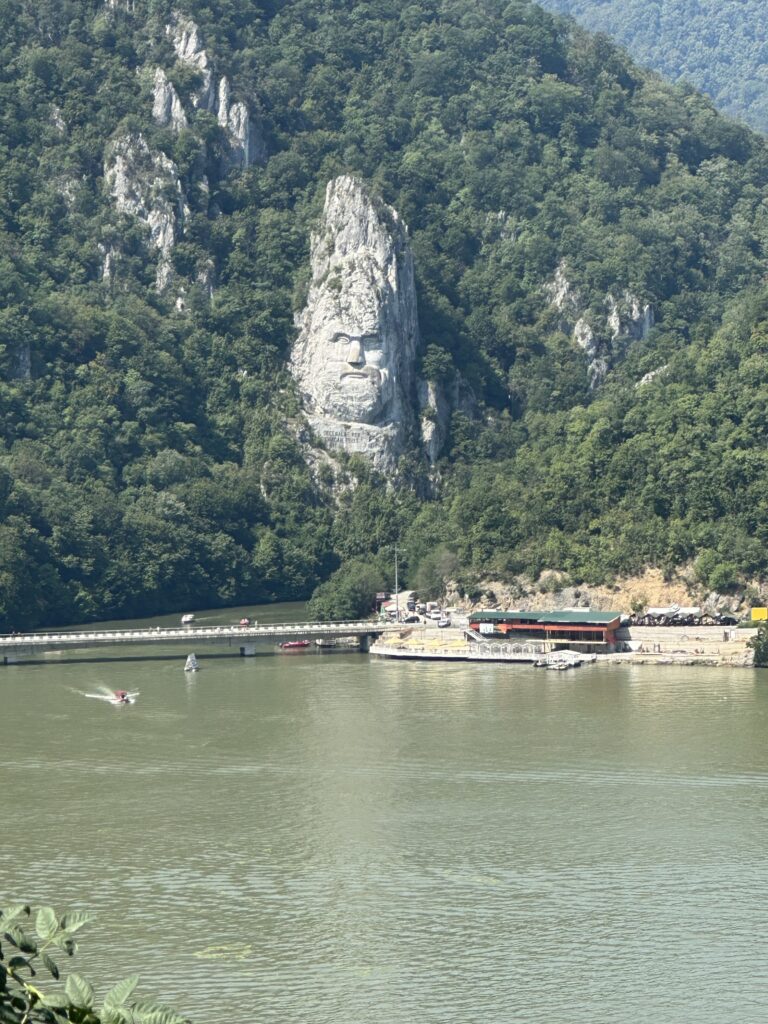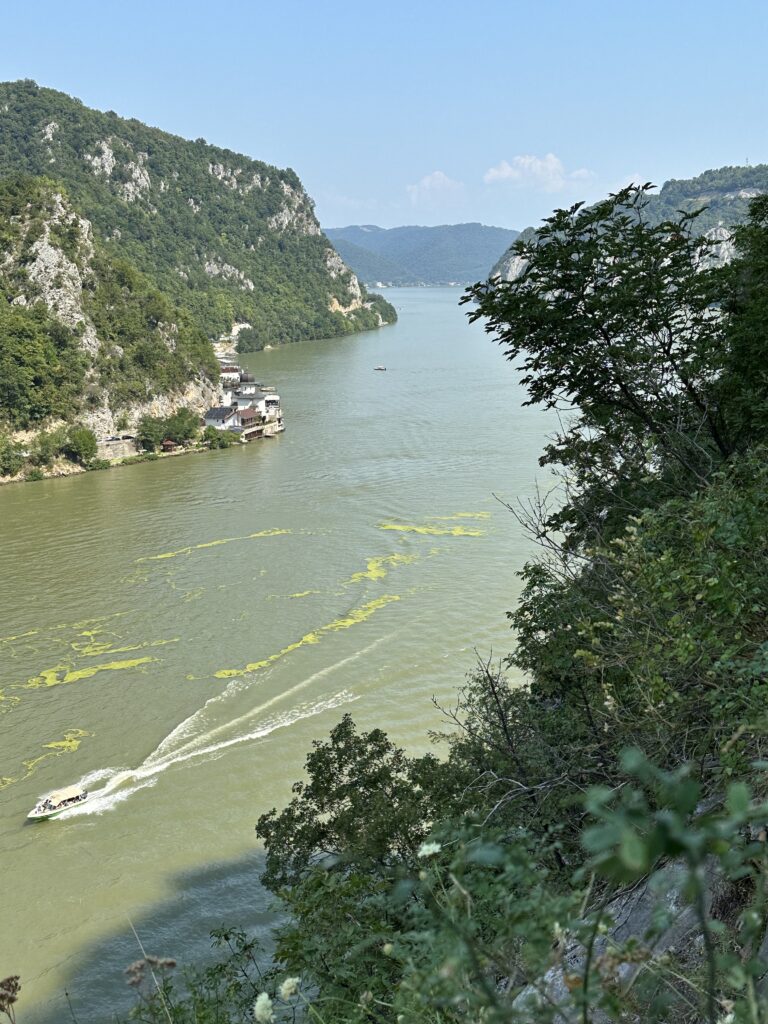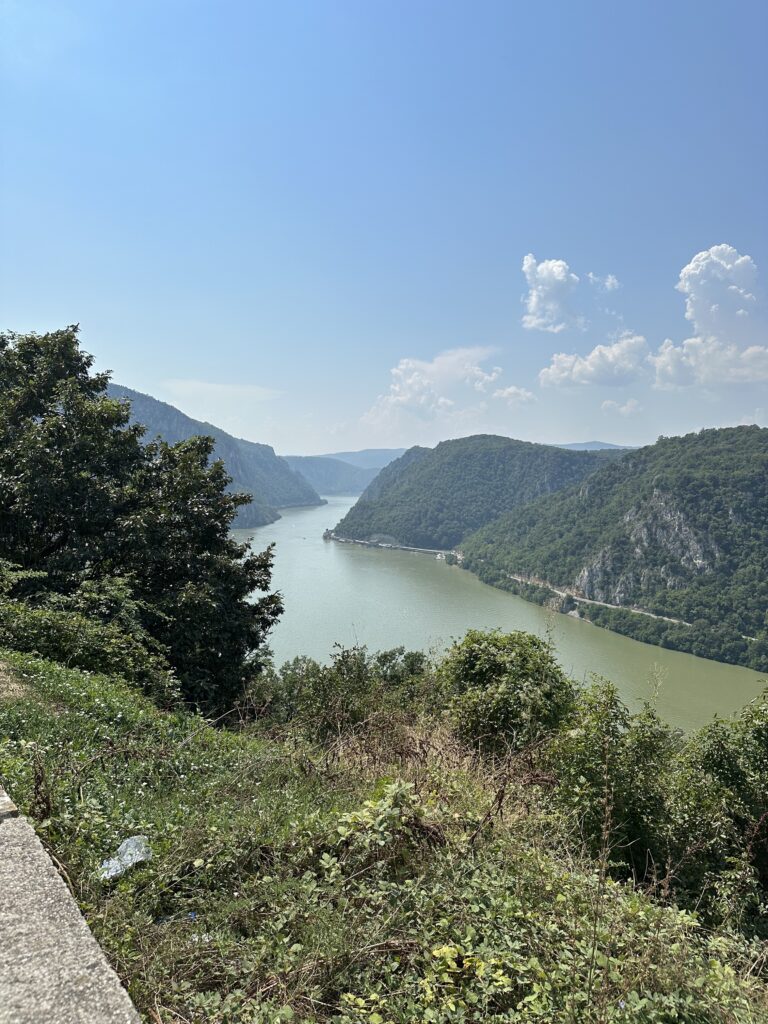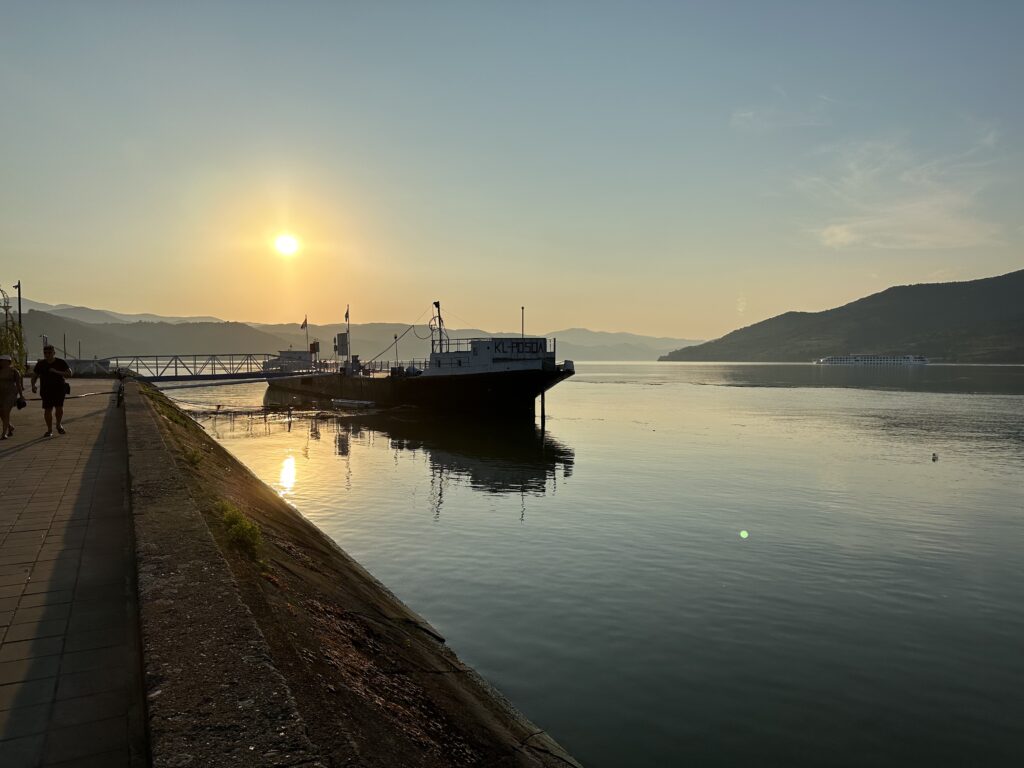07.-28.08.2023
Click photos for large size
The visit to Budapest was still reverberating when, after two days’ stages, we reached the border to, yes, where actually? Suddenly and unexpectedly, unnoticed in the preparations for the route planning, we found ourselves in the no-man’s land of the border triangle Hungary-Croatia-Serbia, whereby we became aware, martially documented by the barbed wire marking the Serbian border with ‘NATO wire’, that we were here at an external EU border. How unusual for travellers moving freely within the EU without border barriers and controls.
Until then, the journey had been relatively uneventful, mainly over the Danube embankment, partly on asphalt, partly on trampling paths or gravel, and the landscape was not very varied – floodplain forests and meadows on the right, maize and sunflower fields, fallow meadows or small sections of forest on the left. Without any elevation, interrupted only by turn-offs into small sleepy settlements with the typical village appearance of the Eastern Balkans: small crouched houses lined up behind more or less well-kept meadows to the left and right along the main road, each surrounded by a small garden, usually dedicated to self-sufficiency with fruit and vegetables.
Now Croatia, in the border triangle. “I’m not camping here, so close to the border!” – Astrid’s definite statement at the actual end of the day’s stage. Good thing, because about ten kilometres further on we find one of the most beautiful wild campsites up to then, where we prepare our dinner in the light of the sunset. In the morning we are woken up by a herd of sheep, skilfully led around our tent by two lead donkeys and a shepherd dog.

On the onward journey, the visit to Batina, at the end of 1944 the scene of one of the bloodiest battles of the Second World War, is depressing, as monuments and museums on both sides of the border impressively remind us. No less depressing, as it is still present in our own memory of the events, is the passage through Vukovar, the town that was almost completely destroyed in the Serbian-Croatian war of 1991-1994, in months of fighting with thousands of victims on both sides. The massacre of Vukovar and the traces of the fighting and destruction still visible today are evidence of this black chapter in recent European history. Soulless today, the city designed on the drawing board and rebuilt looks more like a memorial.
We are also unaccustomed to the strict and conscientious border controls that we have to pass through as we repeatedly change sides of the Danube. Endless lines of lorries on the respective side of entry to Serbia underline the EU’s external border status. Fortunately, we don’t have to join the queue at the back in the heat, but can legitimately push our way past all the vehicles, including the cars.
How pleasant, on the other hand, to meet Mirko, the campsite owner near Apatin. As his only guests, we are spoiled by his hospitality and helpfulness, and it is easy for us to take a rest day with him. Or how wonderful the campsite near Begeč was, when we ended up hungry and tired after an exhausting heat stage at a wonderful bathing lake with a friendly restaurant and free camping area. Or the ecological Cyclo-Camp Vinograd near Krčedin, whose kind hosts not only prepared a delicious dinner for us, but also provided us with valuable tips for the onward journey, thanks to which we also found our way to the green oasis in Negotin, the ‘Base-Camp for Adventureres & Urban Guerillas’ run by Bojan in a very individual, charming way.
Our stay in Belgrade, in the heart of whose small but cosy old town we find a nice place to stay for a rest day, will nevertheless only be remembered positively to a limited extent. This is not so much due to the stream of tourists in which we suddenly found ourselves caught up, but rather to the terribly exhausting ride out of the city back onto the Danube cycle path. After visiting the mighty, impressive Saint Sava Temple towering over the city, we got lost and did not find the easy, flat route out of the city, but climbed in the midday heat over what felt like all the steep heights over which the city stretches to find our way to the Danube ferry. Arriving there almost at the end of our tether, we miss the departure of the last ferry before its two-hour lunch break by just a few minutes.
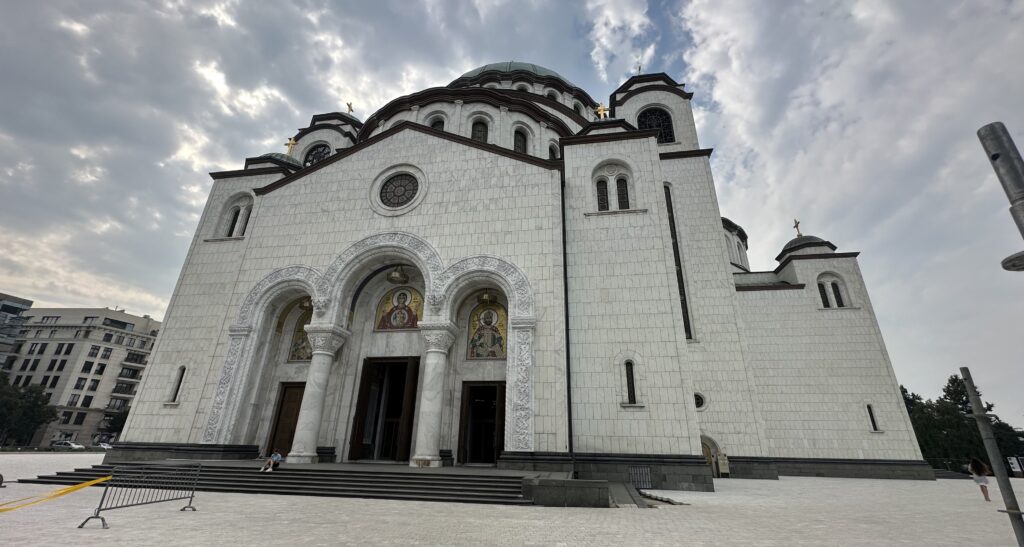
The passage of the Danube through the mountains of the Transylvanian Alps, the southern foothills of the Carpathians, will undoubtedly remain in our memories as one of the highlights so far. The images of the steep rock faces that narrow the Danube to a minimum width of 150 m and a depth of 80 m are too powerful, and the views of Europe’s second largest river after the Volga, which often resembles a lake, are too magnificent not to capture the uniqueness and beauty of this part of the journey.
Therefore, the efforts of the Serbian side to enhance the beauty of this region through a tourist infrastructure and to use it commercially seem restrained and seemingly hesitant, which, however, constitutes a special charm and does not yet put too much strain on the budget of travellers like us. Comfortable accommodation in the small towns on the banks of the Danube is easy to find for prices below German youth hostel rates, just as food and restaurant prices are far below German price levels.
Now, however, we will interrupt our cycling trip and take the train for a stretch, as the great heat, which has now lasted for a long time and is still expected, will make it impossible for us to arrive in Istanbul in time for the date agreed with our Iranian friends. Forced breaks in the shade over lunchtime reduce the daily stage performances too much.
